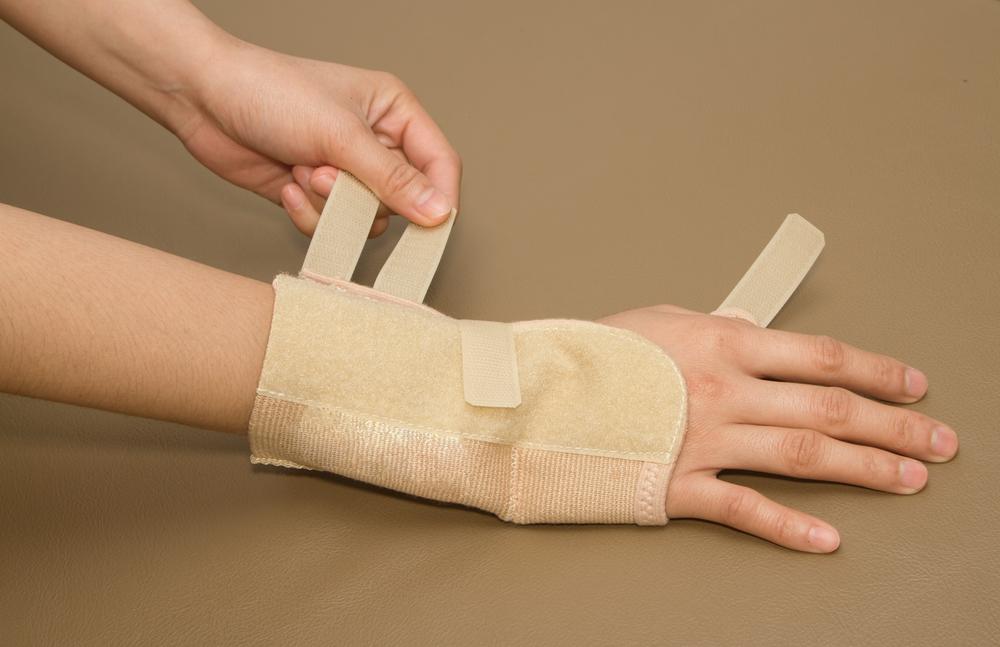Effective Strategies for Managing Carpal Tunnel Syndrome
Discover effective methods to address carpal tunnel syndrome, including causes like pregnancy, overuse, and underlying health issues. Learn about practical treatments such as exercises, wrist splints, and managing health conditions. Consult healthcare professionals for personalized diagnosis and therapy to alleviate symptoms and prevent worsening. This guide offers valuable insights for those experiencing wrist pain or nerve compression, ensuring informed decisions and proper care.

Effective Strategies for Managing Carpal Tunnel Syndrome
Carpal tunnel syndrome occurs when pressure on the median nerve in the wrist causes symptoms like numbness, tingling, weakness, and pain in the hand. The median nerve passes through a narrow passageway called the carpal tunnel. Swelling in this area often reduces space, increasing pressure on the nerve. Factors that can cause such swelling include pregnancy, overuse of the hands, and certain medical conditions.
Common causes of swelling include:
Pregnancy: Hormonal changes and fluid retention during pregnancy can lead to wrist swelling, especially in early to mid-pregnancy, resulting in nerve compression. The symptoms may persist for some weeks postpartum.
Repetitive motions: Excessive use of a particular hand or wrist, especially in occupations like manufacturing or assembly work, can cause continuous strain and nerve compression.
Underlying health issues: Conditions such as diabetes, hypothyroidism, rheumatoid arthritis, obesity, or previous injuries can contribute to the development of carpal tunnel syndrome.
How to Treat Carpal Tunnel Syndrome
Consult a healthcare professional for an accurate diagnosis and personalized treatment plan. During pregnancy, your doctor might recommend specific exercises or medications to relieve symptoms.
Engage in gentle wrist and hand stretching exercises; yoga may also be beneficial if performed carefully.
Take regular breaks from repetitive wrist activities to reduce strain. Wearing a splint at night can help alleviate symptoms caused by wrist position during sleep.
Manage underlying health conditions effectively, such as losing excess weight if obesity contributes to nerve pressure, to help reduce symptoms.






